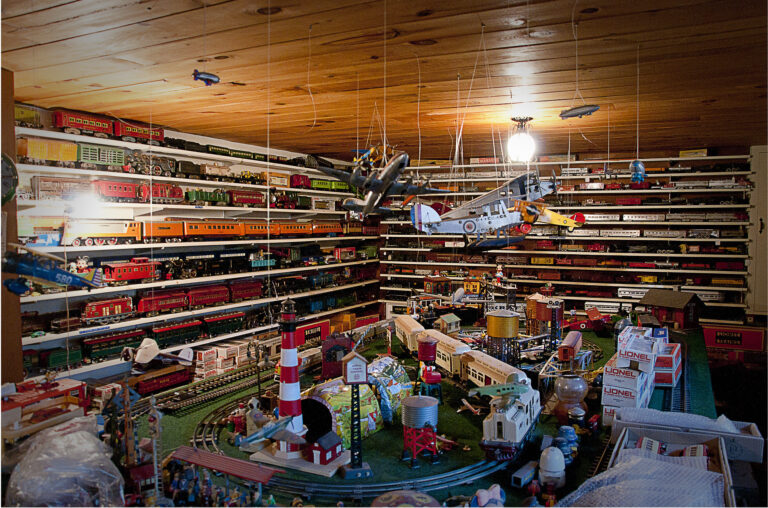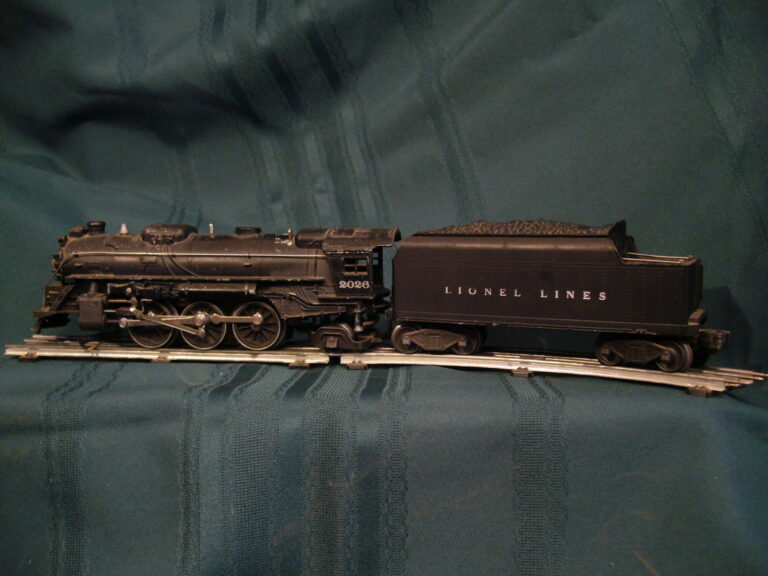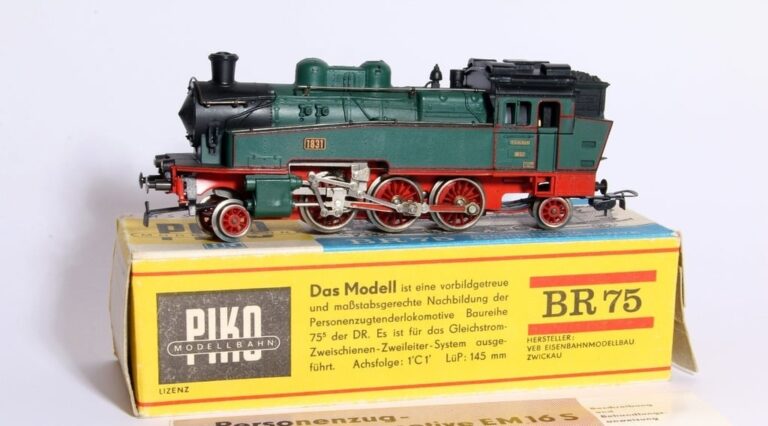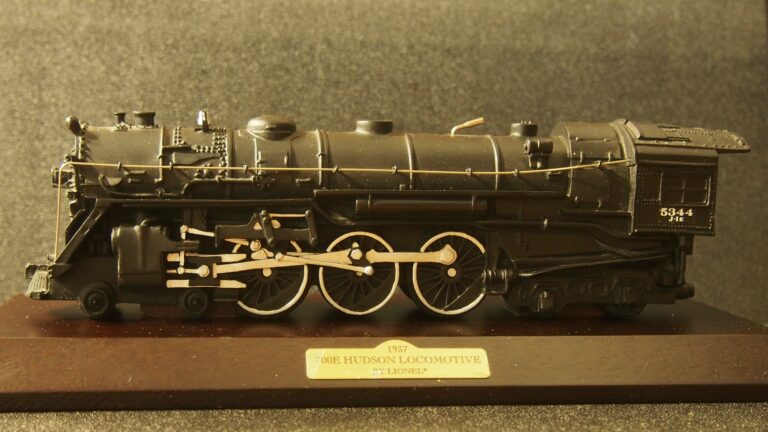Can You Bring Model Trains on a Plane? A Traveler’s Guide for Collectors
Whether you’re heading to a train show, relocating a prized locomotive, or just picking up a rare piece…
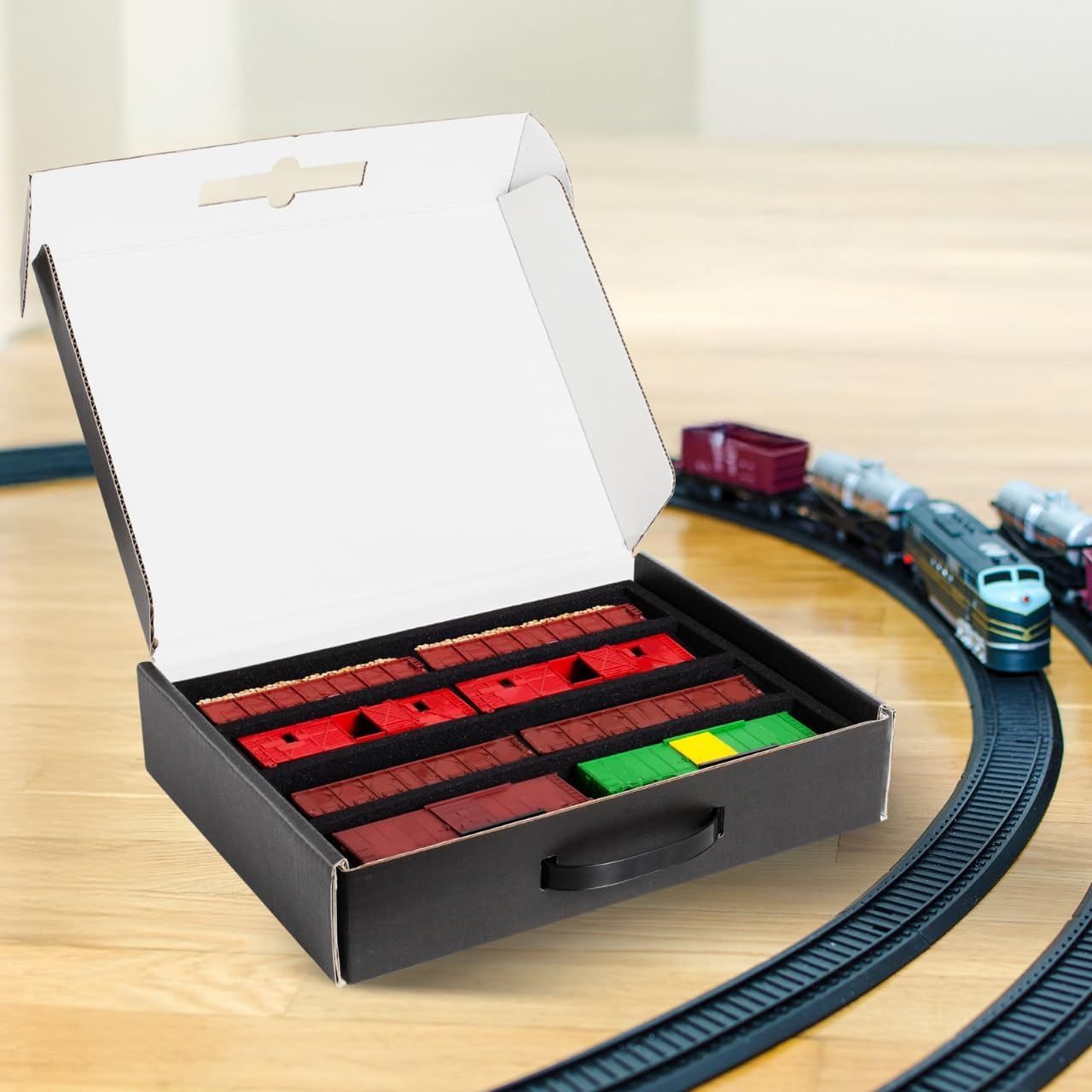
Whether you’re heading to a train show, relocating a prized locomotive, or just picking up a rare piece on vacation, many collectors face the same question: Can you bring model trains on a plane?
The short answer is yes — but as with any delicate collectible, it requires forethought and smart packing. This guide walks through everything you need to know to travel with HO, O scale, or other model trains, including TSA regulations, carry-on tips, and how to protect those fragile details that make your trains valuable.
Are Model Trains Allowed on a Plane?
Yes — model trains are perfectly legal to bring on both domestic and international flights. The TSA classifies them as personal items or hobby gear. You can bring them in carry-on or checked luggage, though carry-on is generally the safer option for protection.
According to the TSA’s official website, model trains are not restricted items. However, they may raise curiosity during security screening, especially if packed densely or with metal components. That means it’s essential to pack them in a way that’s both secure and easy for agents to inspect.
Tip: Always allow extra time at security in case your model train box is flagged for manual inspection.
Carry-On vs Checked: What’s Better for Model Trains?
Carry-On: Best for Valuable or Delicate Models
- Pros: Full control, less risk of damage, temperature stable
- Cons: Limited space, may require TSA inspection
For rare locomotives or custom pieces, carry-on is strongly recommended. It allows you to keep the box upright, avoid rough handling, and explain the contents directly to security officers if needed.
Checked Baggage: Acceptable for Bulk or Less Delicate Items
- Pros: Frees up cabin space, easier if transporting multiple boxed sets
- Cons: Increased risk of mishandling or temperature exposure
If you’re moving boxed starter sets or multiple cars in factory packaging, you can check them — but only if they’re extremely well-protected. Double-box fragile items, and avoid packing in soft-sided suitcases.
How to Pack Model Trains for Air Travel
Your model train might be tiny, but packing it right is a big job. Here’s how to ensure it arrives in one piece.
Use a Hard-Shell Case or Box
A hard-sided suitcase, Pelican-style case, or heavy-duty shipping box with reinforced corners is essential. If your model train came in a foam cradle or custom box, use that as an internal layer.
For added durability, you may want to store trains in purpose-built boxes like:
Add Interior Padding
Wrap individual locomotives or cars in acid-free tissue or bubble wrap. Place them in snug foam slots or use custom-cut foam sheets to hold parts in place.
Avoid packing trains loosely with other items, especially hard or heavy ones that could shift mid-flight.
Label Contents Clearly
Include a note inside your luggage or carry-on box:
“Hobby Model Trains – Fragile – Non-Hazardous – OK for Travel”
This can reassure TSA screeners and reduce the odds of unnecessary rough handling.
Consider Desiccant Packs
Planes aren’t just rough — they’re dry. Add a few silica gel packets to help control moisture fluctuations, especially for older metal models that may be prone to oxidation.
Airport Security Tips: Getting Through TSA
When flying with model trains, assume that your box will be inspected. Here’s how to smooth that process:
- Place your train box in its own bin if it’s in your carry-on.
- Be ready to open the case and show its contents without handling the trains.
- Avoid packing tools, adhesives, or batteries that may trigger red flags. Pack those separately or check them.
TSA agents are trained to inspect hobby equipment respectfully, but being polite, patient, and prepared will go a long way.
Flying Internationally? Know These Rules
When flying internationally with model trains, rules are similar — but you should:
- Check customs regulations in your destination country for restricted items (especially batteries or electronics).
- Declare high-value collectibles at customs, if necessary, especially for resale or insurance purposes.
- Bring proof of ownership if the model is rare or valuable — a purchase receipt or insurance listing is helpful.
For added peace of mind, photograph the condition of your models before packing.
Best Travel Supplies for Model Train Protection
These travel-friendly accessories can help you keep your collection safe:
- Protective Train Storage Case with Foam Inserts
- Shock-Absorbing Bubble Wrap Sheets
- Silica Gel Desiccant Packs
- Heavy Duty Luggage with TSA Lock
These essentials offer long-term storage value too — see our full guide on How to Store Model Trains Safely for Long-Term Protection.

What If You’re Buying a Train While Traveling?
Many collectors find gems at estate sales, shops, or shows while on the road. If you’re purchasing a model train during your travels:
- Ask for original packaging or bring a small roll of bubble wrap and tape with you
- Inspect the train’s condition before purchase — loose parts can break easily during transit
- Ship home if bulky — use tracked and insured shipping when possible
Can You Fly With a Train Set in Its Retail Box?
Yes — but know that most retail boxes aren’t designed for air travel. HO scale starter sets, in particular, often include plastic windows or loose compartments.
If you’re flying with a boxed set, such as one from our list of Best HO Scale Starter Sets for Under $300, consider:
- Reinforcing the box with a snug outer carton
- Using extra bubble wrap or foam around the edges
- Carrying it on instead of checking, if size allows
Final Thoughts: Traveling Smart as a Collector
Model train collectors are no strangers to detail — and that precision mindset pays off when traveling. Whether you’re carrying a rare brass HO locomotive or a starter O scale freight set, careful planning can keep your train safe from takeoff to touchdown.
And remember: model railroading doesn’t stop when you’re on the move. Some of the best finds come when you least expect them — like at a hotel swap meet or tucked away in a small-town antique shop.
Want to expand your collection after your trip? Check out our Top 10 Model Train Brands Ranked by Hobbyists to see which brands are worth hunting for next.
Safe travels — and happy railroading.

